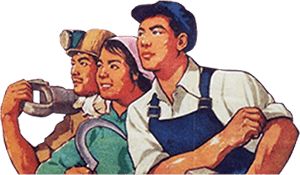
More highlights are in the public number "Aijia Inspiration"
Recommended Index: Four and a half stars
After bidding farewell to Shanghai, we came to Suzhou again. The first stop came to the Suzhou Museum, a work by the master I .M. Pei, the blend of history and modernity.
On the Mid-Autumn Festival on October 6, 2006, the new Suzhou Museum designed by the international architect I .M. Pei was officially opened to the public. This building attracted the attention of the world and made countless architectural enthusiasts crazy. It is similar to the Palace Museum and the Louvre in France. What is more attractive is the building itself. The museum itself is an unparalleled exhibit. What is different from the two is that this is a brand-new modern building with the temperament of classical Suzhou gardens.
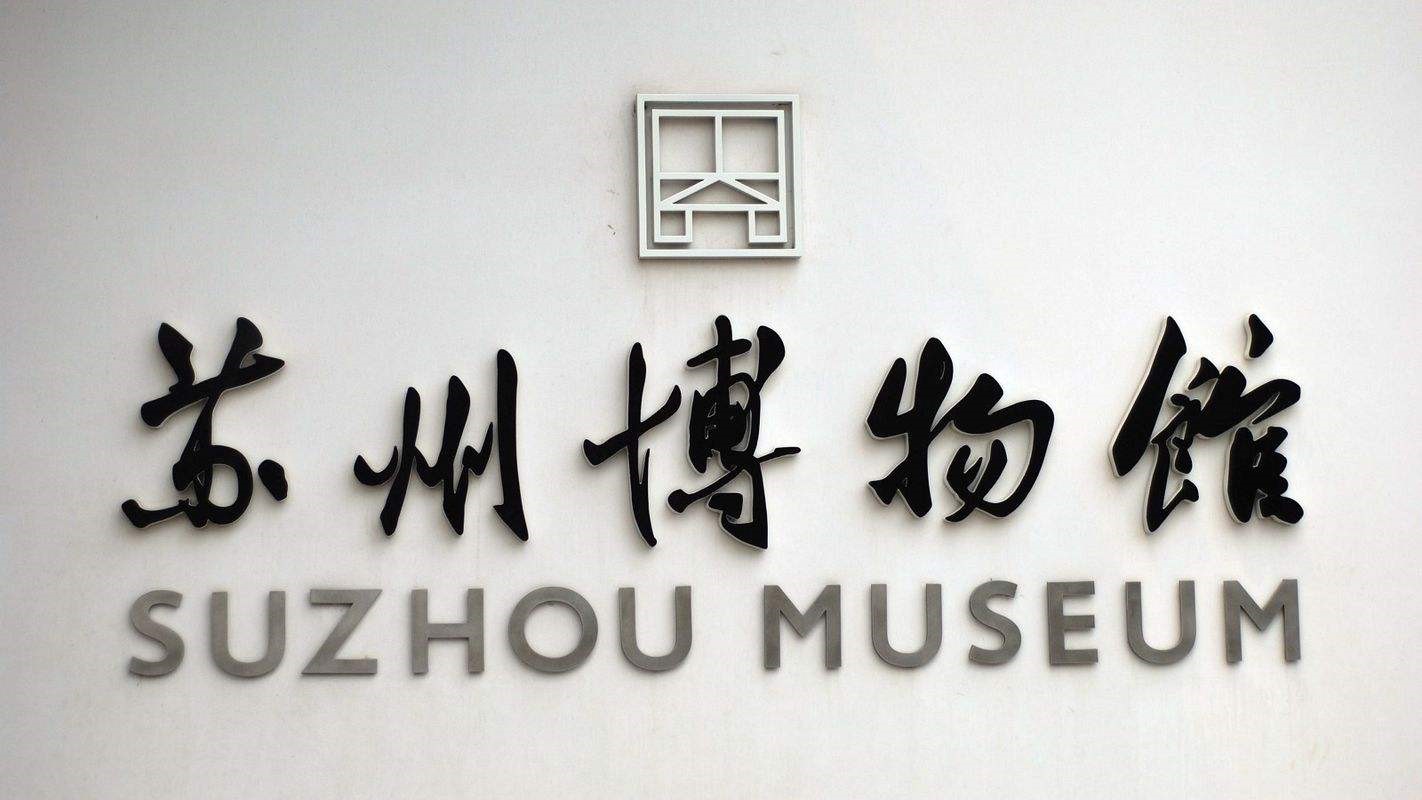
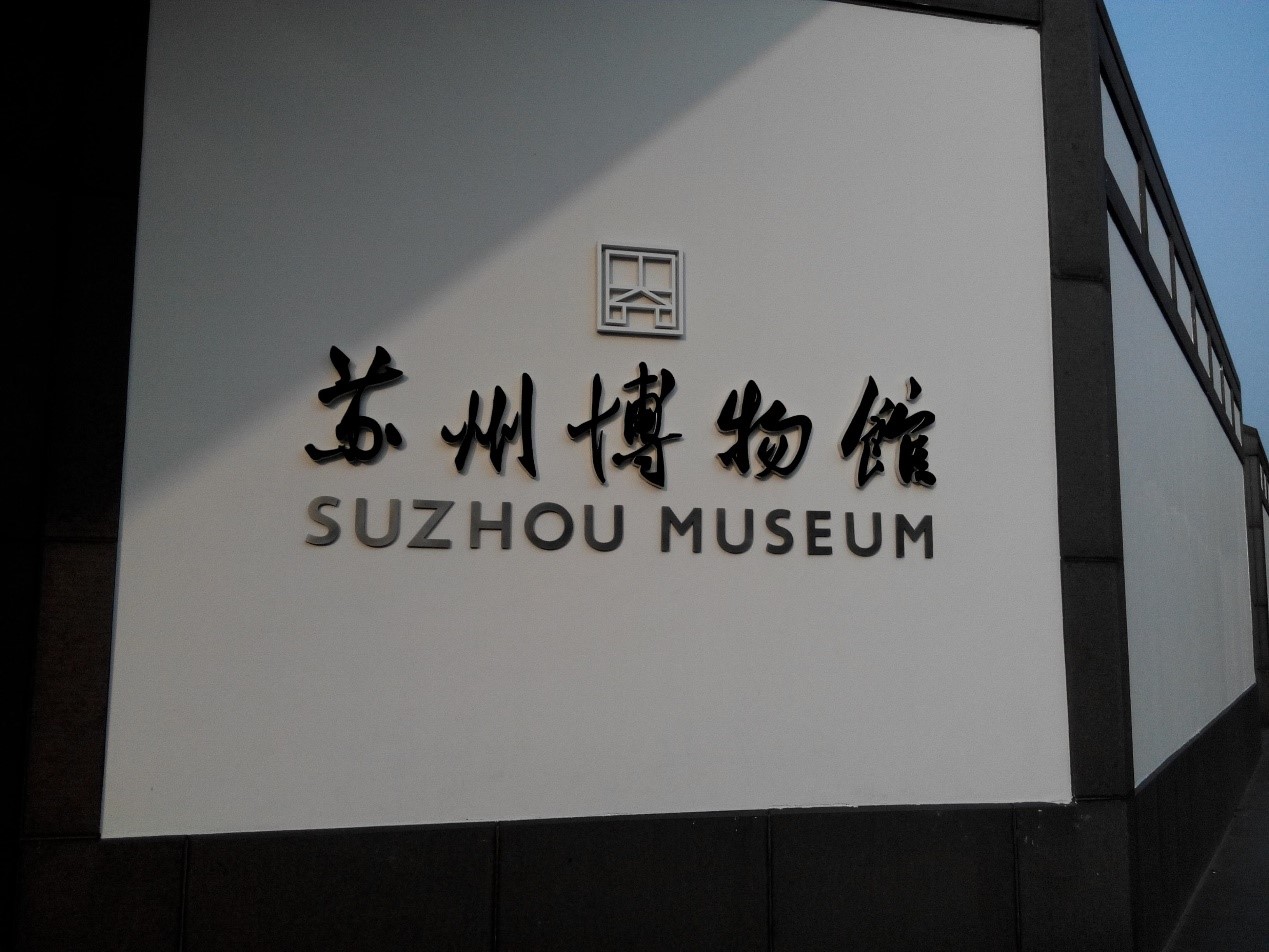


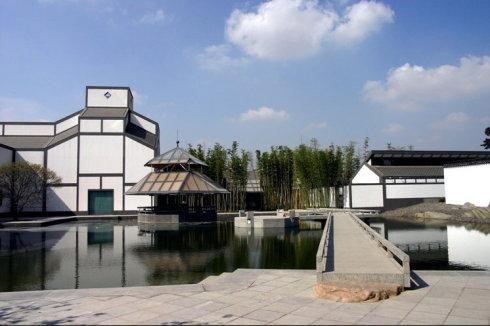
Mr. Pei is well-known all over the world for his expertise in designing museums. He has designed the Kennedy Museum at the invitation of President Kennedy's widow Jacqueline, and the Louvre Museum at the invitation of President Mitterang, all of which have become immortal classics.
Mr. Bei is the first time in the China Design Museum. This opportunity is extremely important to Mr. Pei. It not only reflects the inherent blood bond between Pei and Suzhou, but also a time for Mr. Yu to correct the mistakes of Xiangshan Hotel. opportunity. Because of this, Mr. Pei's design museum in his hometown of Suzhou has attracted global attention.
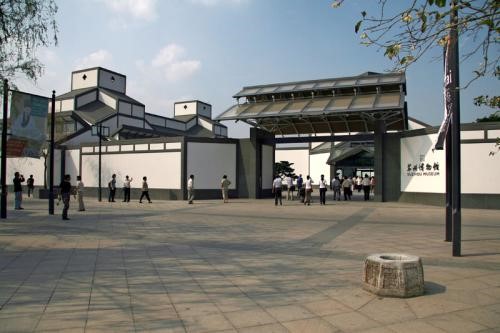
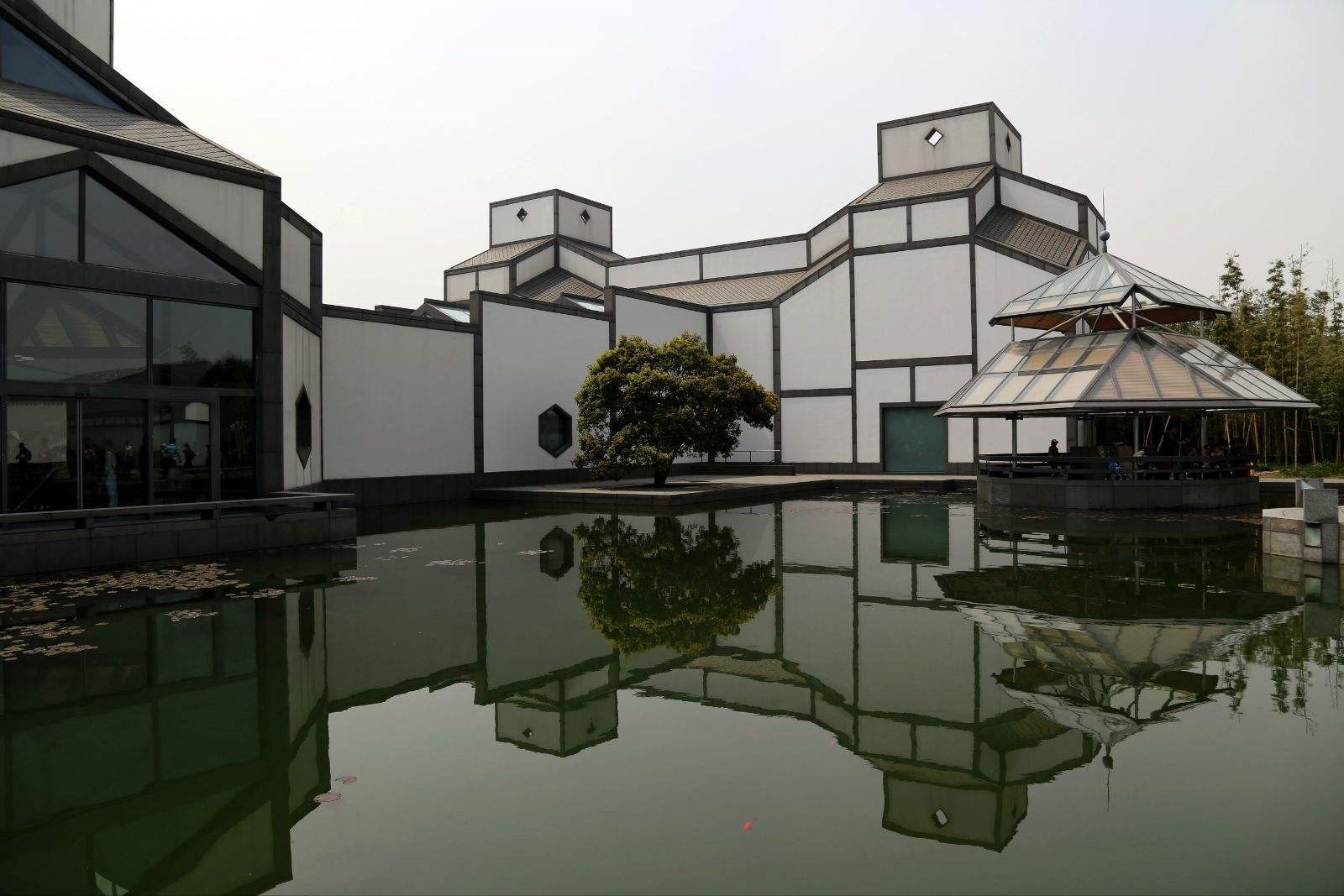

As the seal of the sword by the architect Bei Luming, the place is called the "Holy Land" by Mr. Pei. He said that designing a museum on this site is "the most important challenge in life"; "It is very difficult to design a museum here. It requires both traditional things, but there must be innovation. Traditional things are to use traditional elements to make people feel very coordinated and comfortable; the innovative thing is to use new ideas and new methods to make people feel very good-looking and attractive, because the times are developing".
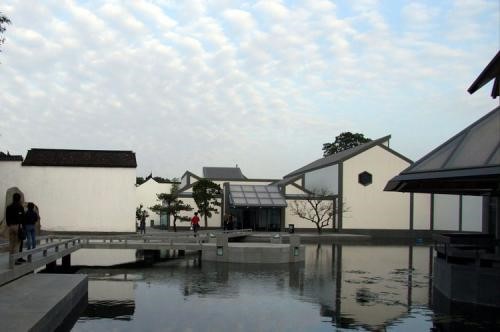
"Chinese gardens and Chinese architecture are inseparable and connected. Gardens are very important. This is tradition"
This is perfectly interpreted in Suzhou Museum.
The new museum maintains the characteristics of Jiangnan famous houses with white walls and tiles, but it is not a traditional wooden brick and tile structure in terms of building materials. New materials and new technologies are used to interpret a new situation of white walls and tiles, which are in line with traditional Jiangnan buildings. Perfect integration.

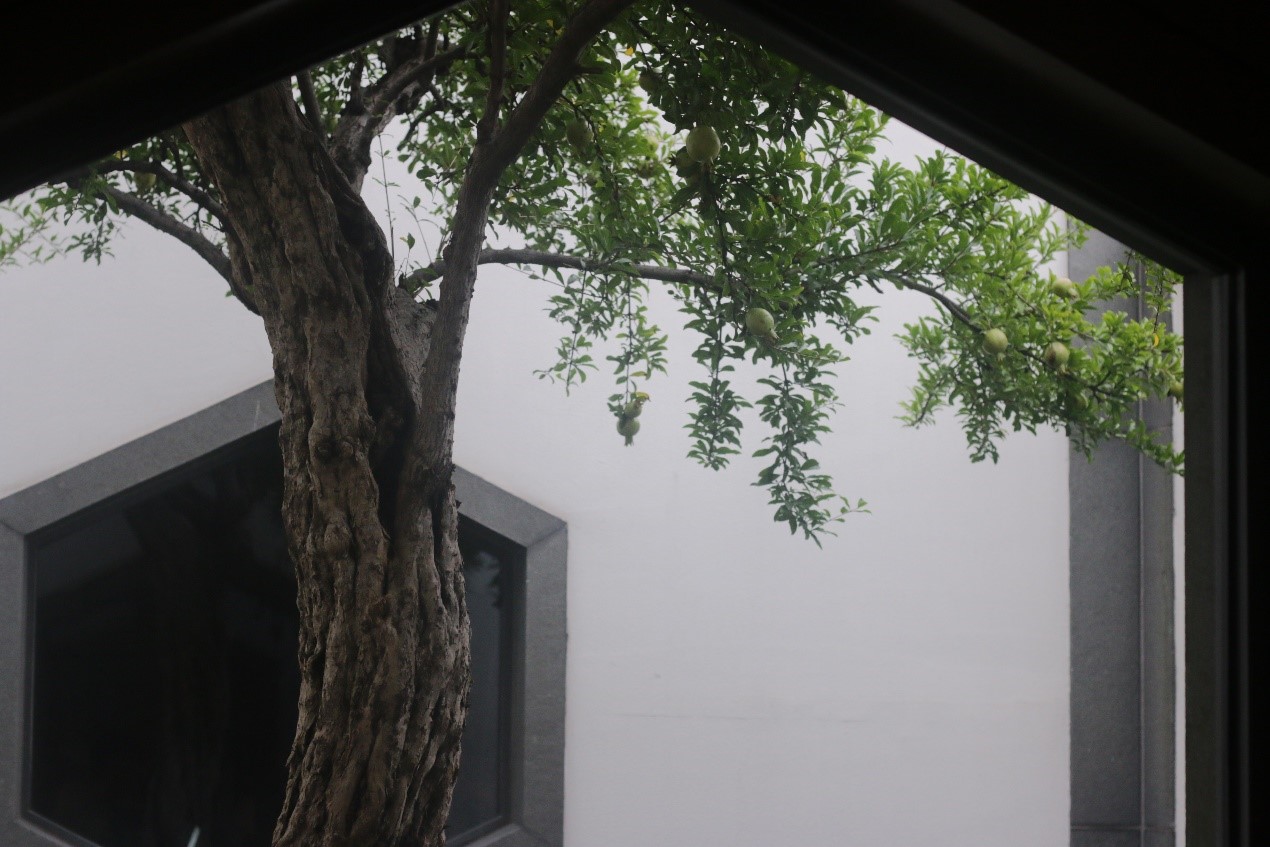
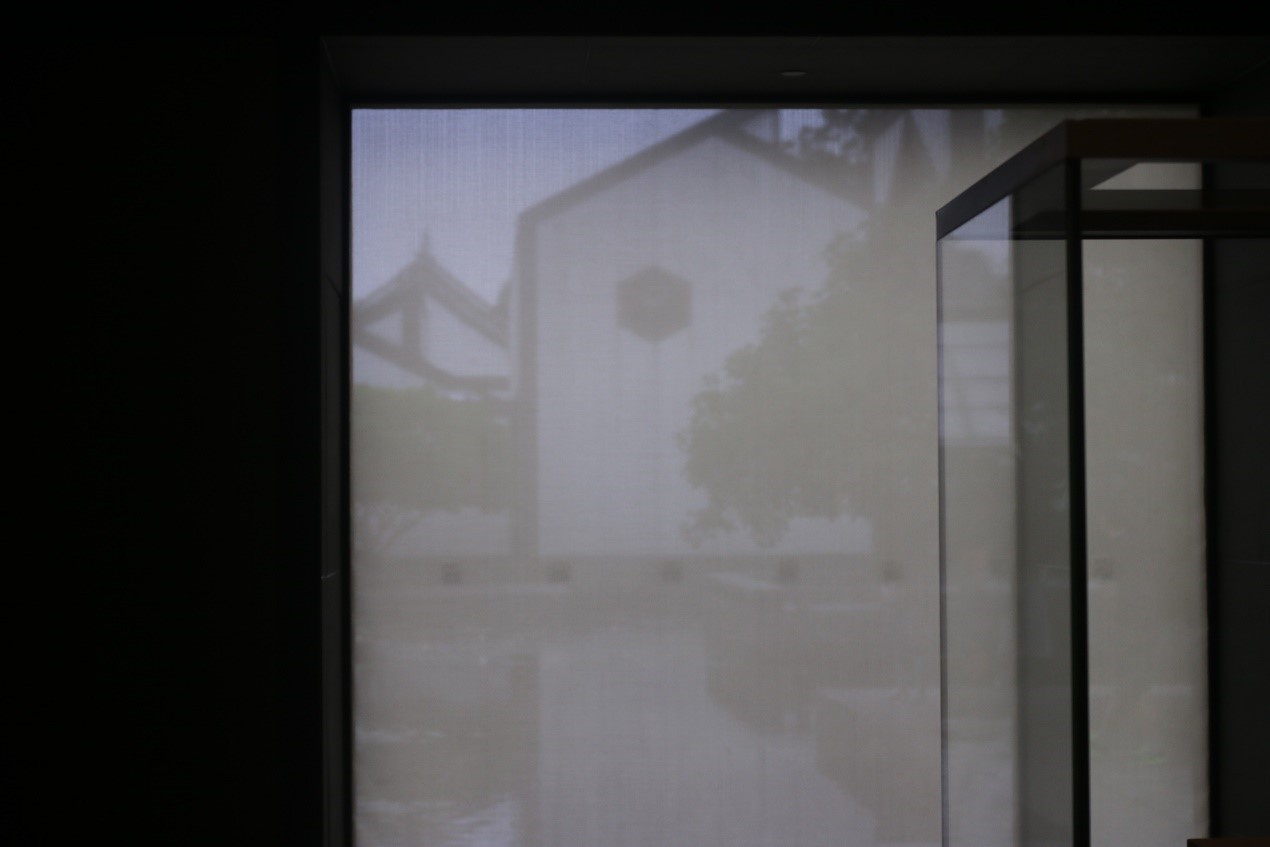
The museum uses the diamond, square and other geometric patterns in modern geometric shapes to reflect the Jiangnan characteristics of errors. Concise and decent without losing generosity. The two colors of gray and white are harmoniously matched, plain and colorful, simple and noble, which not only reflects the elegant temperament of Jiangnan gardens, but also conforms to the geometric aesthetic characteristics of modern architecture.
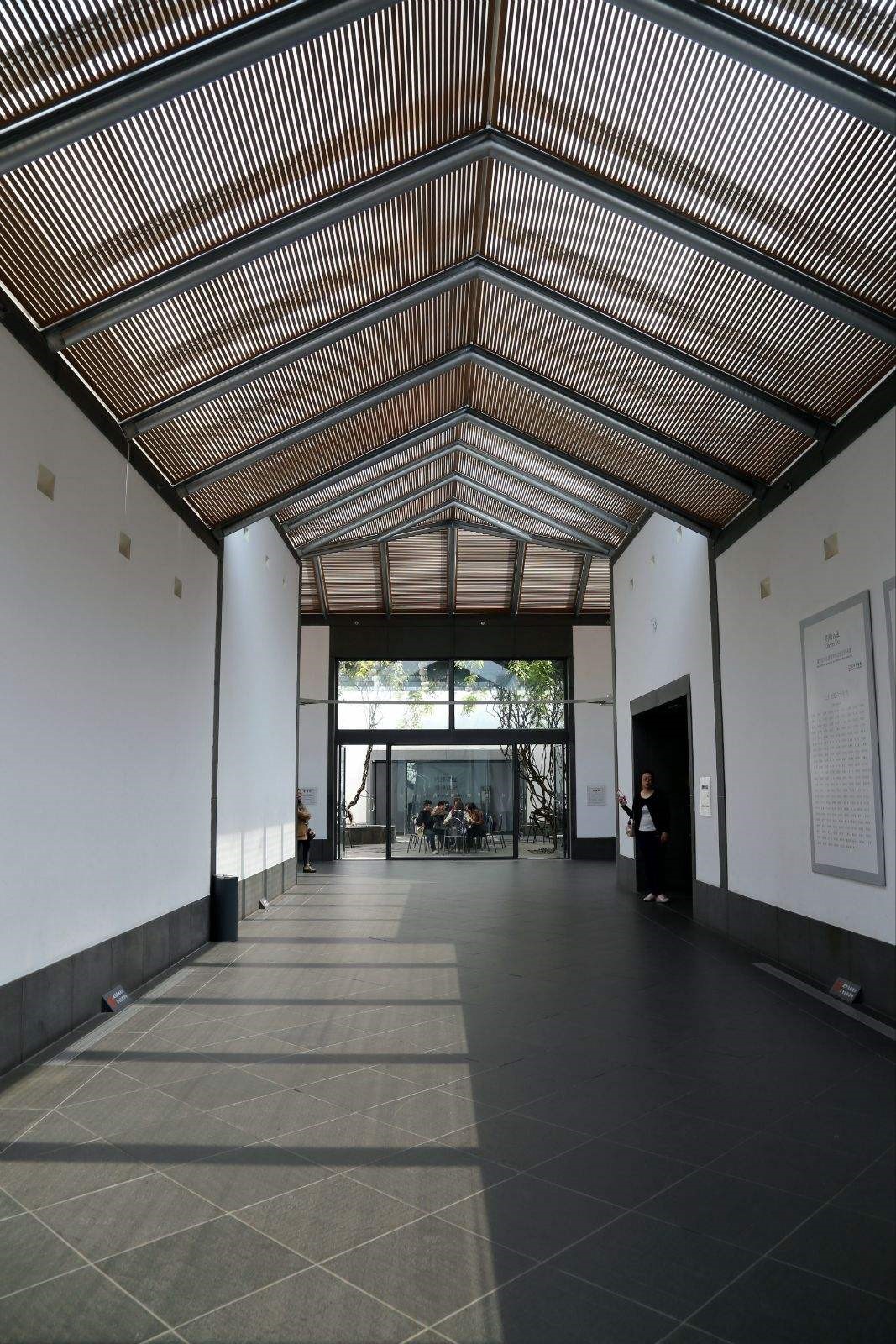
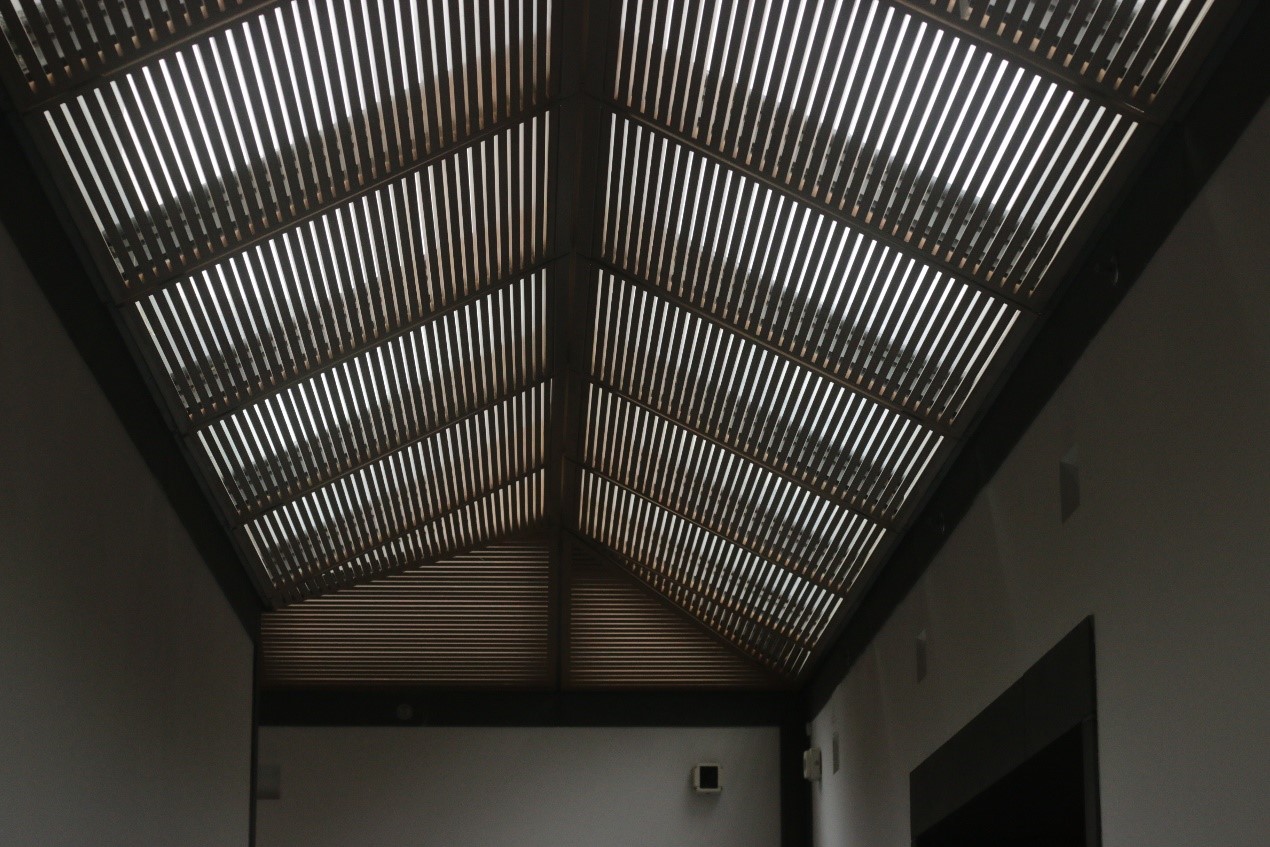

In such a delicate and complicated historical district, the new Suzhou Museum is separated from the Humble Administrator's Garden and the Zhongwang Mansion by a wall, and the "stone gable" is used as the boundary to echo it. It is naturally combined with the natural features of Suzhou ancient city.




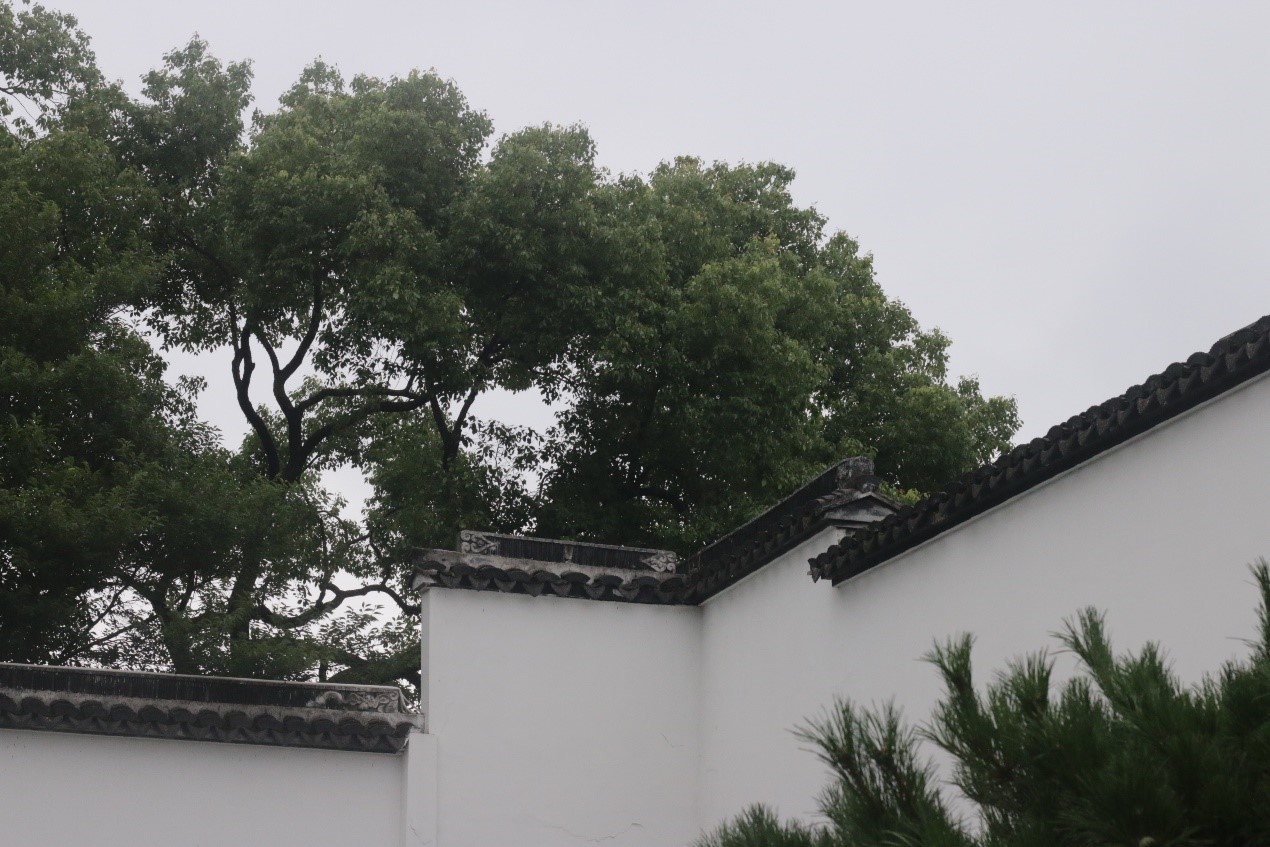
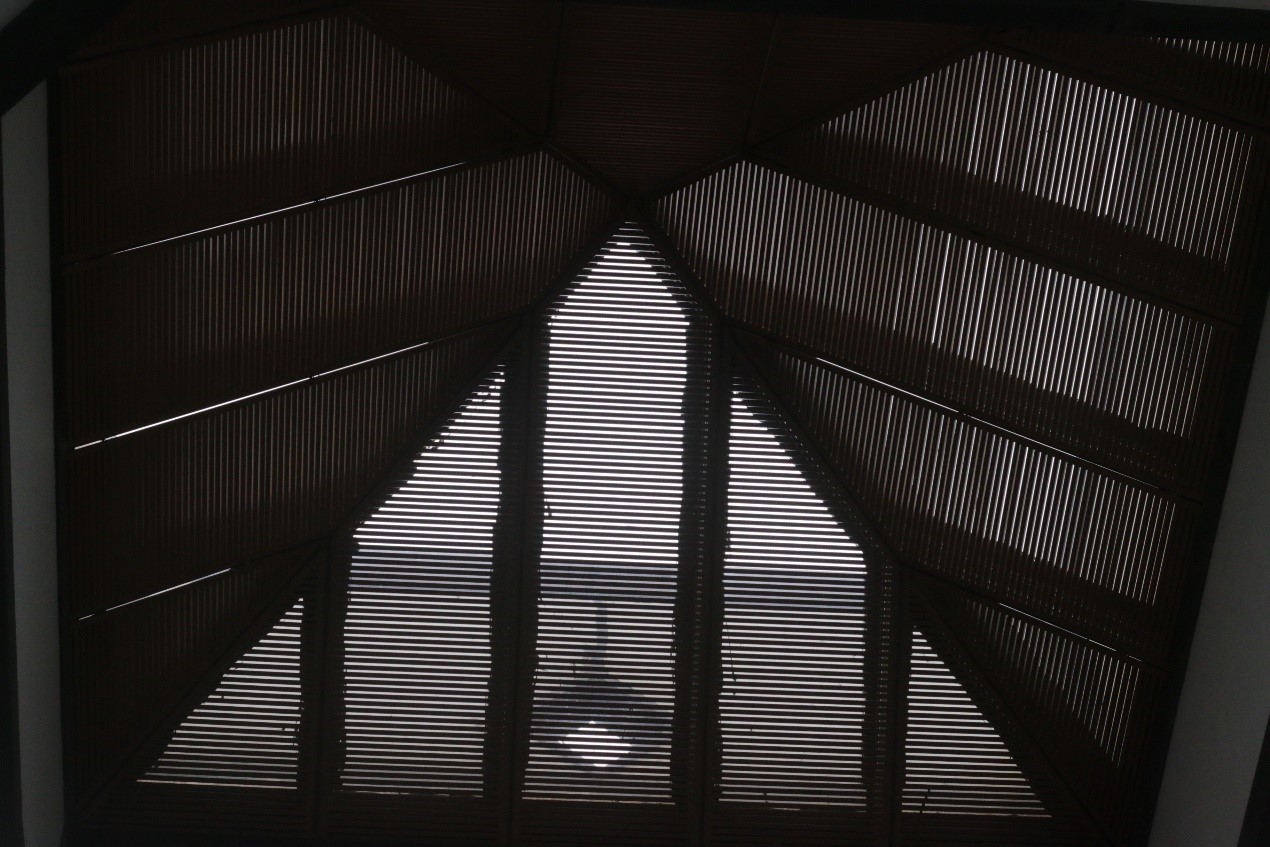


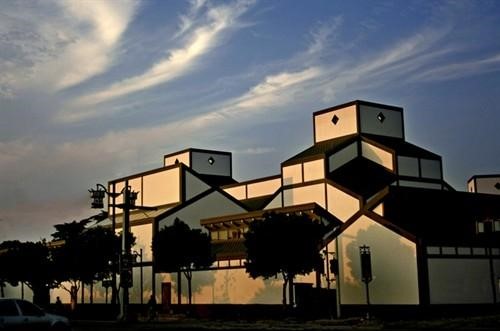
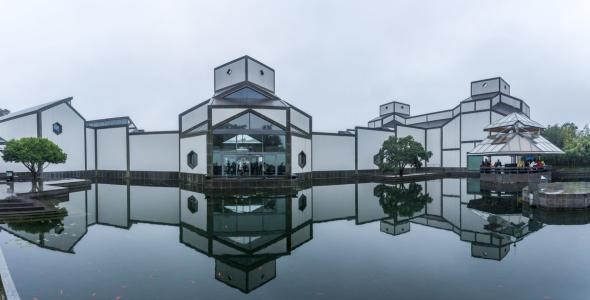

I .M. Pei is a world-famous architect.
Suzhou, a city that carries the cultural connotation of China for thousands of years, needs not only a museum and a building, but also an architect's interpretation and interpretation of the essence of culture. Mr. Pei heard the heartbeat of Suzhou City-hometown, and integrated his talents into Suzhou's yesterday, today and tomorrow.
Pei's architectural career can be said to be an aggressive life, with his personal heroism. In the past 100 years, he has been studying for many times and finally studied under Gropius; he was once excluded by the American Association of Mainstream Architects because of his status as a "house architect"; when he won the Kennedy Library competition and became famous, he fell into a trough due to the shedding of the glass of the Hancock Building; the Louvre Pyramid criticism, which withstood the pressure of public opinion, finally won the praise of, it is poured into Pei's infinite feelings for the homeland of the East.
Editor: Qian Duoduo
Audit: Aijia Inspiration
Photo source: live shooting, partly from the Internet

If you like me, sweep me
The copyright of this work belongs to 爱佳灵感. No use is allowed without explicit permission from owner.

New user?Create an account
Log In Reset your password.
Account existed?Log In
Read and agree to the User Agreement Terms of Use.

Please enter your email to reset your password
Comment Board (0)
Empty comment